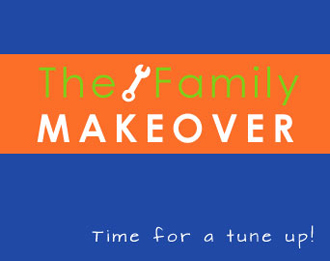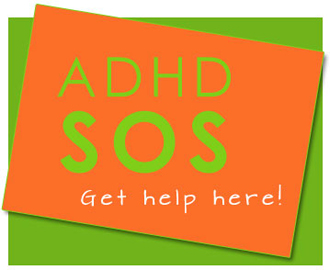 If you’re a parent, you know how frustrating it is when your child interrupts you. Whether you’re on an important phone call, trying to finish up some computer work, or having a face-to-face conversation with another adult, it often seems like you have an eager child competing for your attention. Why do they do this?
If you’re a parent, you know how frustrating it is when your child interrupts you. Whether you’re on an important phone call, trying to finish up some computer work, or having a face-to-face conversation with another adult, it often seems like you have an eager child competing for your attention. Why do they do this?
Kids interrupt when they have a need that only we can meet. Maybe they’re hungry or bored or bothered by a sibling. Whatever the reason, your children want you to know that they need your attention. In short, they’re focused on their needs—not yours.
But if you give it a bit of thought, you’ll realize that this demanding behavior doesn’t stem from malice or ill will. Your children are just trying to express themselves and feel that what they have to say matters.
Interruptions can also be a child’s unpolished way of entering a process or situation. When we tell them to be quiet or that we don’t have time, we send the message that their circumstance is not important.
Instead of responding harshly or dismissively, transform the interruption into a teachable moment. Instruct your child about how and when to interrupt; doing so is essential to ending the frustration. Start by giving examples of when it is actually appropriate to interrupt—like when someone is at the door, or, of course, if someone is hurt. Then decide on a gesture or signal (like raising their hand or pointer finger) that they can use to alert you to an important situation. Also decide on—and use—a signal that you’ll use to acknowledge them.
Even if their need to interrupt is actually urgent in nature and really does require your immediate attention, teach your children to remember their manners and to always say “Excuse me” if they are creating an interruption.
When children interrupt, you should always at least make eye contact with them. If their need isn’t pressing, calmly respond by saying, “Give me a minute.” And then make them wait as long as is needed for you to finish your original activity—it’s important that you don’t immediately respond to kids’ non-urgent interruptions, unless you want to reinforce this disruptive behavior.
By all means, give your children the same respect you demand from them. Acknowledge them and let them know that they matter. But also guide them toward patience and forbearance. Doing so will save you years of frustration—but perhaps more importantly, it’ll supply your kids with a critical social skill that will serve them well over the course of their lives.
 Question: How can parents use behavioral therapy with children?
Question: How can parents use behavioral therapy with children?
 Question: What is the best treatment for ADHD?
Question: What is the best treatment for ADHD? This post is the first in a series of Q&A’s with Martha about ADHD.
This post is the first in a series of Q&A’s with Martha about ADHD.
 If you’re a parent, you know how frustrating it is when your child interrupts you. Whether you’re on an important phone call, trying to finish up some computer work, or having a face-to-face conversation with another adult, it often seems like you have an eager child competing for your attention. Why do they do this?
If you’re a parent, you know how frustrating it is when your child interrupts you. Whether you’re on an important phone call, trying to finish up some computer work, or having a face-to-face conversation with another adult, it often seems like you have an eager child competing for your attention. Why do they do this?

